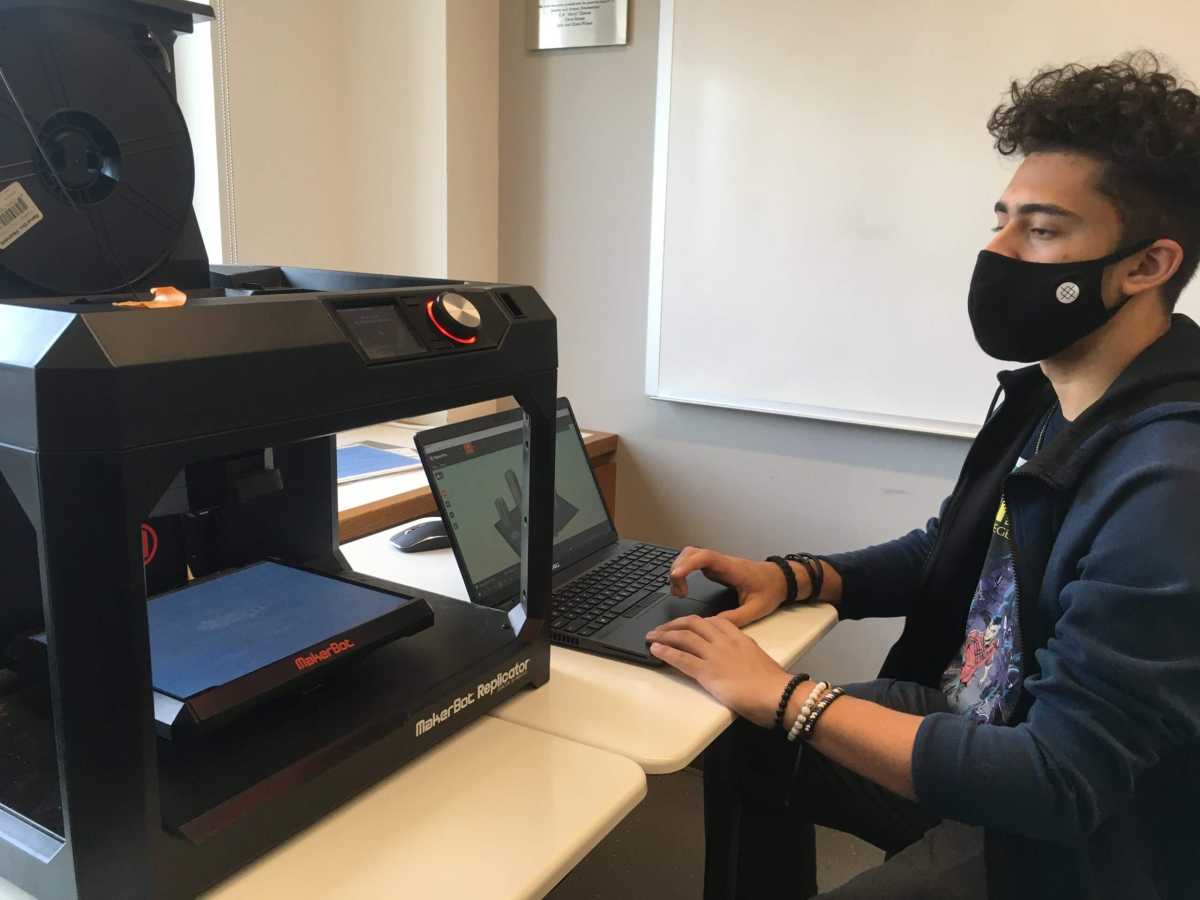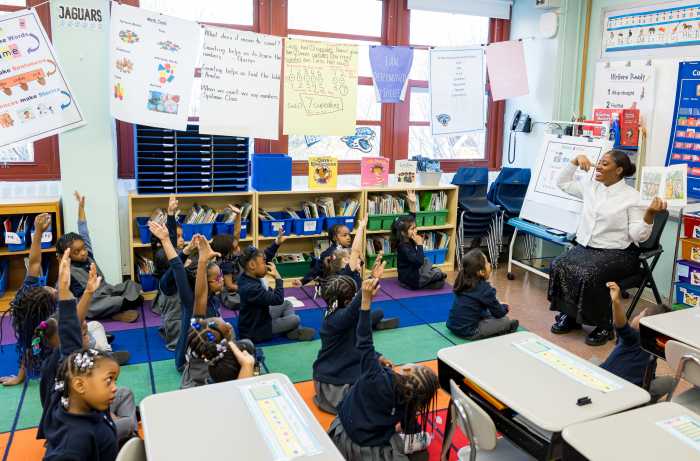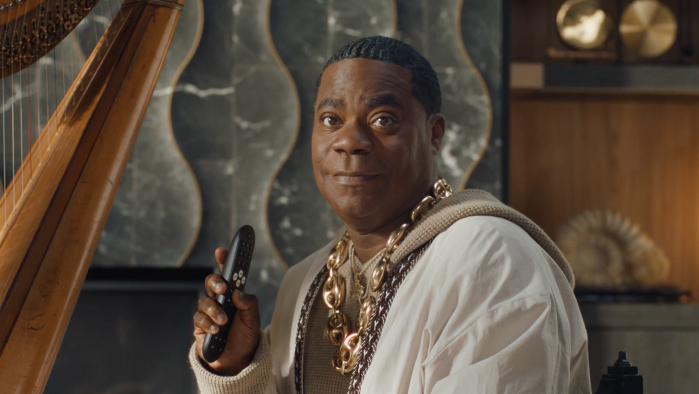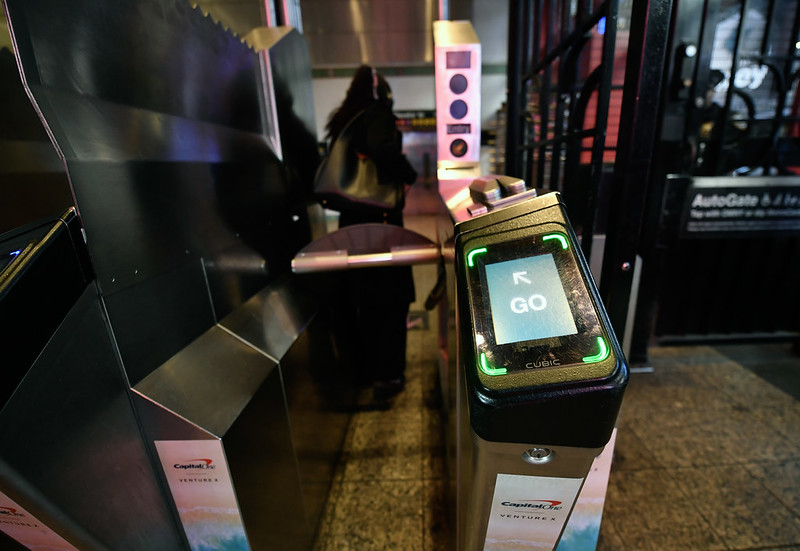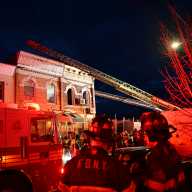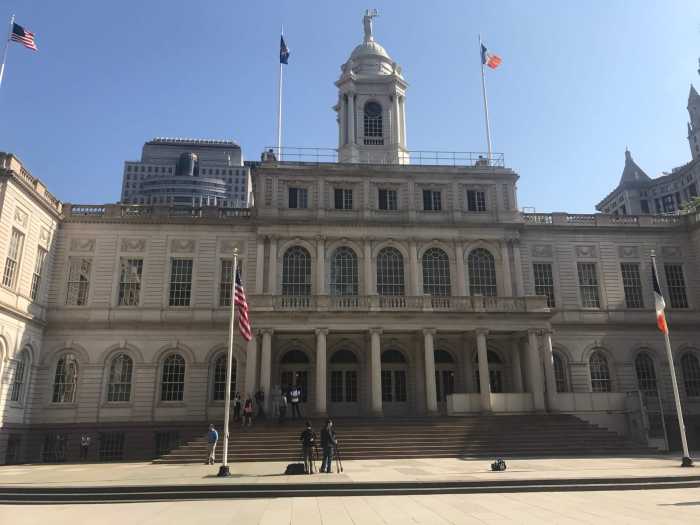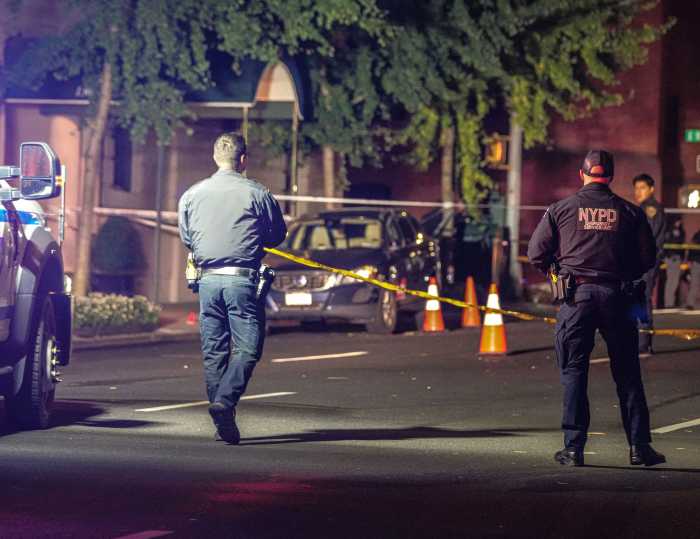Ever since he was in elementary school, Jaiden Francis knew he wanted to be an engineer.
When he got to Uncommon Charter High School (UCHS) in Brooklyn, he was thrilled to learn that the school offered a program known as Project Lead the Way (PLTW), which seeks to increase student access, engagement, and achievement in science, technology, engineering and math (STEM).
“I always liked the idea that engineers were able to create things that came to their minds and I wanted that ability,” said Francis, who is now a senior and planning to study computer science, mechanical engineering or robotic engineering in college next year.
UCHS is one of only 16 schools in New York state and one of two schools in New York City to be recognized as a “distinguished school” by Project Lead the Way. The other, Brooklyn Technical High School, is an elite public magnet school that specializes in STEM.
Distinguished schools like UCHS are committed to increasing student access, engagement, and achievement in their PLTW programs. To be eligible for the designation, UCHS had to offer at least three PLTW courses, have a quarter or more of its students participate in the PLTW program and have 70 percent of students or more earn a Proficient or higher on PLTW end-of-course assessments.
UCHS launched the PLTW Engineering program to ensure its students have the skills they need to pursue STEM majors in college. Since the program started four years ago, numerous recent graduates of UCHS are majoring in STEM subjects, ranging from engineering, math, biology and biochemistry, said UCHS Principal TS Hoard.
As part of the Project Lead the Way curriculum, students at UCHS take introduction to engineering their freshman year, aerospace engineering their sophomore year, computer science principles their junior year and an advanced computer science course their senior year.
“All those classes increased my love of engineering because it’s the first hands-on experience that I had,” Francis said. “Learning about the design process made me interested in continuing to learn more about engineering.”
The engineering program empowers high school students to step into the role of an engineer and adopt a problem-solving mindset. Students engage in collaborative, real-life, hands-on activities building a glider and creating objects using computer software and a 3D printer.
Jeffrey Goett, who teaches computer science at UCHS, said the emphasis in all the courses is working on projects.
“Having the students engaged in project-based learning is an effective way to organize ideas, it’s a very memorable experience and it gets students excited about the instruction,” Goett said. “My goal is to make them feel comfortable enough with technology that they’re not intimidated by it, regardless of what field they go into.”
Senior Kyle Jeffrey said he wanted to be an aerospace engineer since he was in the fifth grade. He was thrilled to take the aerospace engineering course, but he said the PLTW program opened his eyes to other engineering fields.
“Before high school, I was just bent on aerospace engineering, but having all these different classes has made me look at engineering more broadly,” said Jeffrey, who still wants to pursue aerospace engineering in college next year.
Senior Cheikh Thiam said the skills he learned in Project Lead the Way Classes led to an internship with a non-profit organization that reinforced his interest in pursuing engineering.
“The internship made me want to pursue engineering even more,” said Thiam, who plans to major in mechanical, electrical or software engineering or computer science when he attends college next year.
Being part of the PLTW program also has another benefit, Francis said.
“Taking Project Lead the Way made me take all my other classes more seriously,” he said. “It definitely made me push myself because I wanted to do good in other classes like math and physics because I could take what I learned in those courses and apply them to engineering. I knew those classes had a direct correlation to engineering.”


